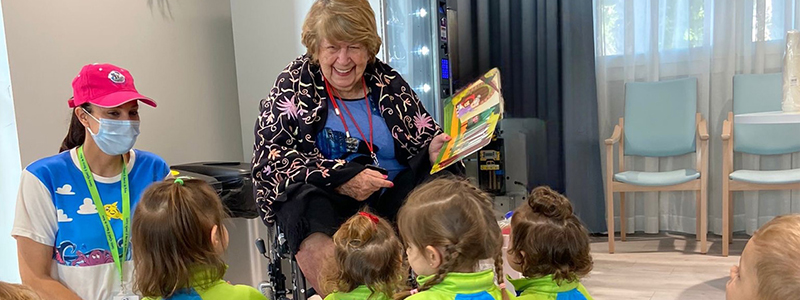Clece impulsa su compromiso con la sostenibilidad medioambiental adoptando medidas para reducir emisiones

Clece trabaja desde hace años con el propósito de generar un impacto social real a través no sólo de la propia labor que desarrolla, centrada principalmente en la gestión indirecta de diferentes servicios que comprenden desde el cuidado de personas mayores y dependientes hasta la limpieza técnica de edificios, sino también poniendo en marcha medidas … Clece impulsa su compromiso con la sostenibilidad medioambiental adoptando medidas para reducir emisiones









